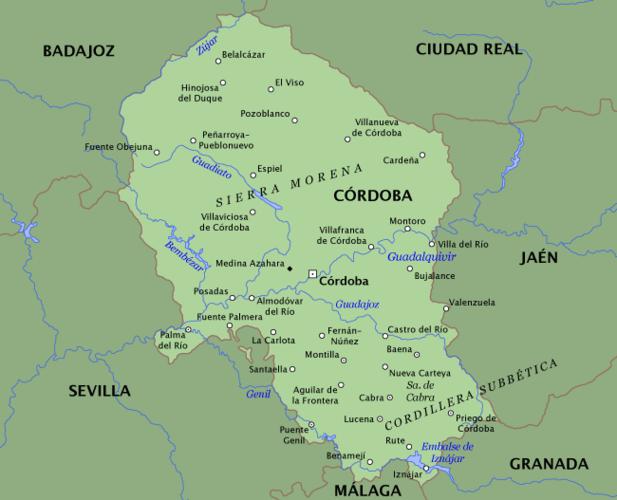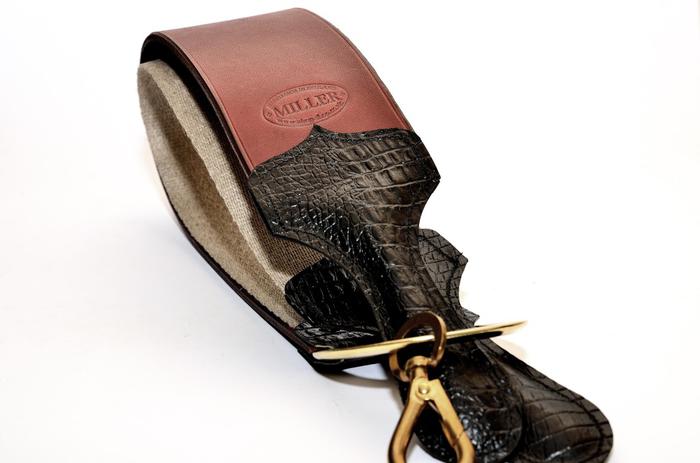Results 1 to 7 of 7
Thread: Beginners' Tips: July 2015
Threaded View
-
07-21-2015, 04:14 AM #1There is no charge for Awesomeness



- Join Date
- Aug 2006
- Location
- Maleny, Australia
- Posts
- 7,977
- Blog Entries
- 3
Thanked: 1587 Beginners' Tips: July 2015
Beginners' Tips: July 2015
[I asked Neil a couple of months ago if he'd be willing to do a beginners' tips for us. Unfortunately he couldn't at the time. Neil was an astonishing wealth of information on many topics so it wasn't hard to delve into the archives of his posts and find one that was not only informative but of interest to everyone, beginners and older hands alike.
I hope no one minds that I've taken the liberty of using one of Neil's posts as this month's Beginners' Tips. He's left us with so many memorable posts like this one that I could have the Tips covered for the next 10 years. I've added a couple of pictures.
- Jimbo]

Cordovan simply means 'of Cordoba' - a place in Spain. Shells are the two ovals found under the skin in a horses butt. As the skin has to be removed to get at the fibrous, muscular shell, it is not really leather at all. That is why it is found in such a small, localised area and why it is so expensive.
Today, shell refers to the (lets call it for simplicity's sake) leather, and cordovan refers to the tanning and finishing stages. It is vegetable tanned, then hot stuffed with oils and waxes, then stretched out on a glass frame, dyed and hand polished.
The spaish city of Cordoba also gives us the rather old fashioned name of cordwainer, still used in the rarefied world of the gentlemans outfitter in places like Saville Row when I was a schoolboy, for makers of fine gentlemans shoes. In this application, cordovan was any fine soft expensive leather, not just horse.
Cordwainer seems a long way from Cordoba, until you realise that it the anglicised version of a french word for shoemaker - cordonnier, introduced after the norman conquest (1066 and all that).
'Cordwainer' goes back to the 12th century in england, but the cordovan process was introduced into Spain in the 11th or 10th century, and originally it was goat that was used. The process was not even the same, the leather being tawed instead of tanned. In tawing alum is used, and it is an imperfect process inasmuch as it can be reversed by a period of wetting, giving us back a soft slimey skin that stinks as it corrupts.
Over time kid and pigskin were used and the dried leathers were gilded and painted and used as wall hangings.

So, originally it was a whitish tawed leather, then a maroon goat or sheep leather, then a gilded and painted goat, sheepskin or pigskin, then the burgundy colored shell leather.
Today - and for quite a considerable time - it comes in black, tan, chestnut and burgundy.
The cordovan process, or part of it, anyway, has been used for other leathers. Horse hide (thicker and considerably cheaper), and so-called steer cordovan, which is even cheaper cowhide given the cordovan treatment.
Scottish tanneries were qite famous for producing top notch shell leather. Interestingly, most shell frm that time is much thicker than we find today, around 4 to 4.5mm thick as opposed to 2mm thick now. One can only conjecture why. Then, the horse was a beast of burden. It pulled canal boats along, delivered kegs to pubs, ploughed fields, trucked supplies to rail yards, provided cabs and long distance transport, and was worked till its great heart burst and it dropped dead in the street.
Tho occurrence was so commom, especially in great cities like London and NY, that the knacker man would not come until putrefaction set in - easier to chop them up and move them than when they are stiff, Sometimes their bellies ruptured from gases engendered of corruption, while they lay dead in the street cushioned by the vast amounts of excrement produced in life. Cities were not pleasant in the heat of summer.
So, they were very robust beasts, all their muscles at peak condition. Also, the finish of the old shell strops was not glassy and flat for the most part. It's a bit of a mystery, but must have its answer in what prevailed at the time, and like today, marketing probably had more than a little to do with it.
Regards,
Neil (often stroppy) MillerLast edited by Jimbo; 07-21-2015 at 10:18 PM.
<This signature intentionally left blank>
-
The Following 17 Users Say Thank You to Jimbo For This Useful Post:
criswilson10 (07-21-2015), easyace (07-26-2015), edhewitt (07-21-2015), Geezer (07-25-2015), Grazor (07-25-2015), Haroldg48 (07-26-2015), Hirlau (07-21-2015), Lolita1x2 (07-26-2015), Lynn (07-28-2015), lz6 (07-21-2015), Matheus (07-25-2015), Phrank (07-21-2015), rolodave (07-21-2015), sharptonn (07-28-2015), SirStropalot (07-26-2015), Tack (07-26-2015), Utopian (07-28-2015)


 15Likes
15Likes
 LinkBack URL
LinkBack URL About LinkBacks
About LinkBacks






 Reply With Quote
Reply With Quote